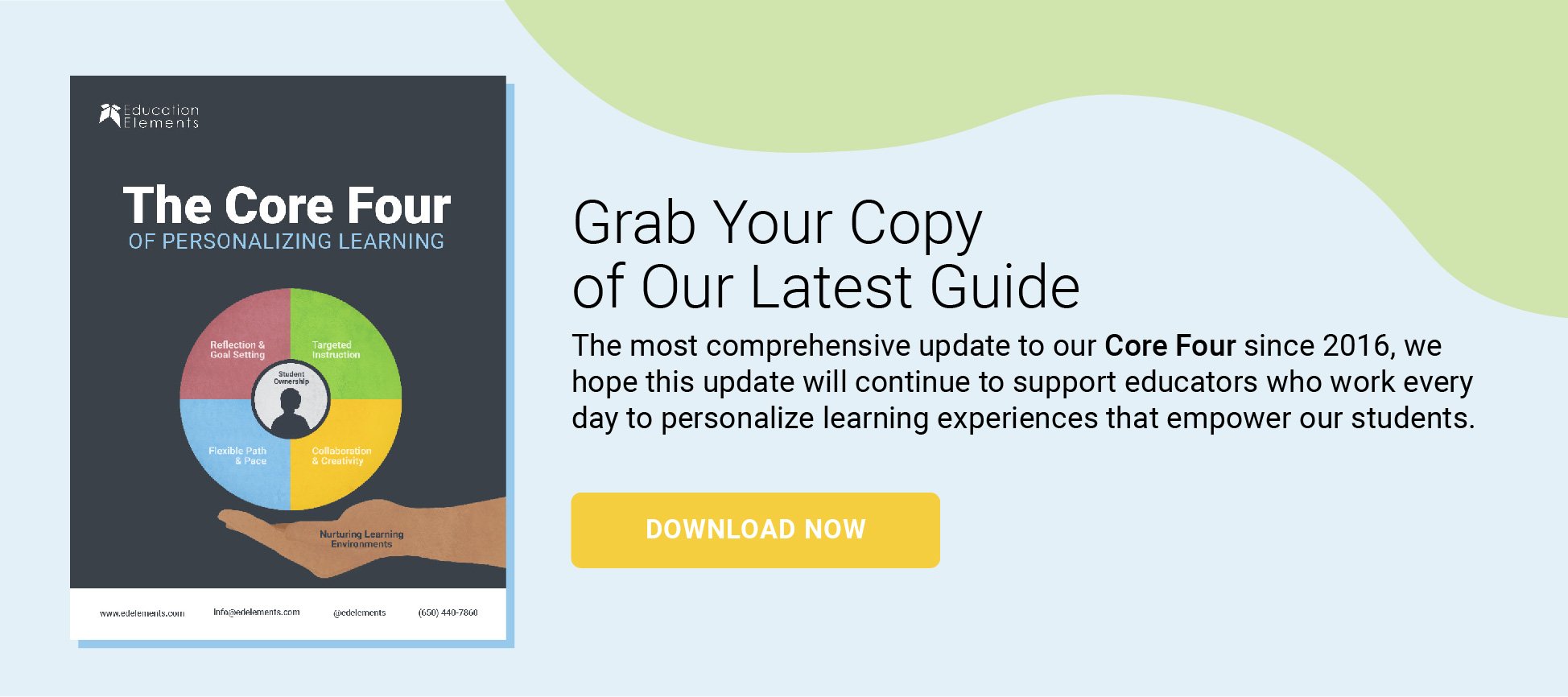Strategic planning is the process of setting short and long-term goals, deciding on actions to achieve those goals and assembling the teams and resources needed to take those actions. A well-designed strategic planning process helps districts connect vision to implementation with clarity and accountability.
Districts of all sizes benefit from developing a long range plan that formalizes the district’s mission, vision, values, goals, and objectives, while engaging the community, with the ultimate goal of both improving operational efficiency and providing an exceptional educational experience for all stakeholders.
 Many districts invest in strategic planning, but then struggle to deliver on the promise of their plan. The planning process itself is complex and messy, but we know if done thoughtfully and collaboratively can produce a guiding framework to help shape the district's priorities for the next three to five years. Unfortunately, the immediate demands of running our schools mean that our collaboration and thoughtful attention often ends there, and while much thought is often put into developing a strategic plan, less thought is put into actually implementing it.
Many districts invest in strategic planning, but then struggle to deliver on the promise of their plan. The planning process itself is complex and messy, but we know if done thoughtfully and collaboratively can produce a guiding framework to help shape the district's priorities for the next three to five years. Unfortunately, the immediate demands of running our schools mean that our collaboration and thoughtful attention often ends there, and while much thought is often put into developing a strategic plan, less thought is put into actually implementing it.
To avoid this, we believe districts must focus not only on project management and monitoring, but also on building a strong data culture (the human factors related to understanding and using data) in order to be responsive and to identify and apply the highest impact practices that will ultimately deliver the intended outcomes.
So, when transitioning from strategic planning to strategic practice, keep the following three actions in mind.
1) Identify the essential behaviors associated with a successful implementation and a robust data culture
In order to develop a strong data culture, schools should work toward the following:
- Defining a shared vision for data culture specific to the district’s unique needs and context
- Establishing a shared understanding of the district’s existing strengths, as well as the top priority areas where the district should invest its improvement efforts and resources
- Defining norms and practices to nurture the district’s vision of a strong data culture
- Increasing leadership expertise on using data for responsive practices, including iterative design and sprint cycles
We believe that districts can work toward building a stronger data culture – one that is democratized and useful – by examining and strengthening their practice in six areas. These six areas often emerge during the implementation phase of a strategic plan, when districts translate planning frameworks into measurable practices.
These Six Essential Elements of Strong Data Culture provide a framework for district and school leaders to better understand their existing data culture and identify the ways in which it needs to be improved.
2) Communicate progress and celebrate accomplishments
In order to grow your data culture while implementing your strategic plan, it is imperative to design an inclusive and equitable governance structure so that progress can be shared and celebrated across your organization and school community. Having regular touchpoints to facilitate sharing and reflect on progress allow for adjustments to be made to the plan along the way. Identifying how, when, and with whom you want to meet to share progress is an important first step before acting on your strategic plan. For example, brief daily standup meetings provide an opportunity to check-in on completed and planned actions as well as surface blocking issues; weekly meetings allow for an intentional focus on both tactical priorities as well as special topics and progress monitoring; monthly touchpoints provide a time and space for reflection and adjustment as you monitor and celebrate progress toward milestones and adjust actions if necessary; and finally quarterly strategy meetings are a great opportunity to more deeply reflect on progress made over the past few months and strategize on actions for the next quarter.
3) Monitor and Coach the essential behaviors and practices associated with key metrics
Every organization has unique needs for managing, measuring, and monitoring its strategic plan. Regardless of these unique needs, it is critical for every district to think through the format and function of key initiatives, performance metrics/objectives, annual benchmarks, and actions + owners. As you prepare for successful implementation of your strategic plan, a clear governance structure, including roles, accountabilities and owners should be established and communicated to stakeholders. Furthermore
every initiative outlined in your strategic plan should be aligned to an essential behavior or practice
(what actions will you take to operationalize your key initiatives) as well as defined metrics and indicators of fidelity, effectiveness, and impact. By monitoring key metrics, building expertise of high impact practices tied to key initiatives, and providing continual coaching on these essential behaviors districts will have greater success bringing their plan to life and better telling the story of their district.
See how the School District of Newberry County put these principles into action.
Districts who prioritize project management and monitoring as well as data culture will be able to more effectively make real-time pivots to their strategic plans and meet the ever-changing needs of their community and school system.
For more quick wins and lessons learned, read our blog on The Victory Points of Strategic Planning.
For a deeper look at how Education Elements partners with districts to align goals, data, and community voice, explore our K–12 Strategy services.




